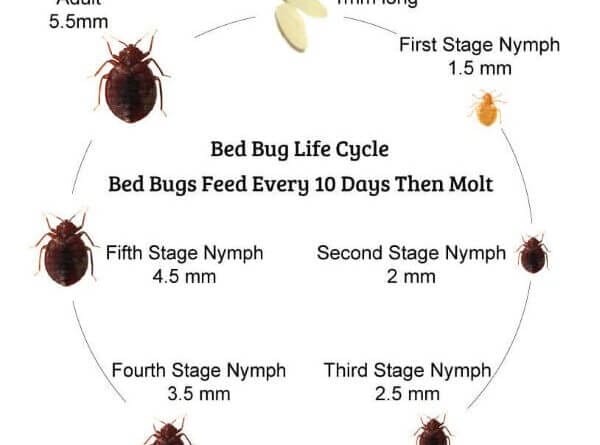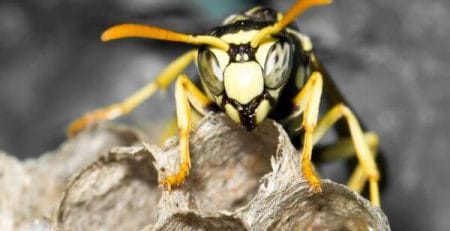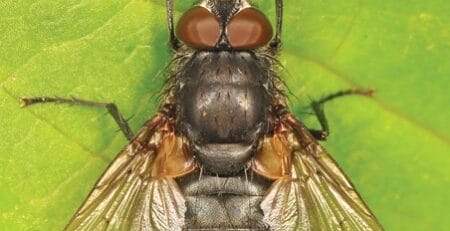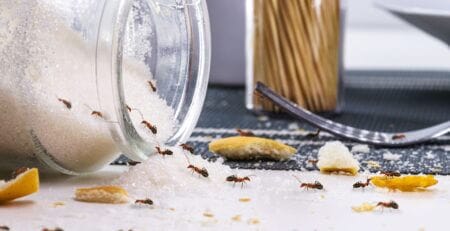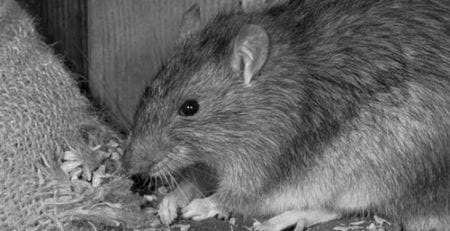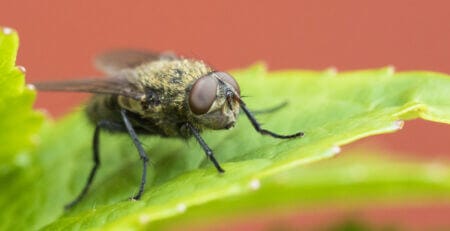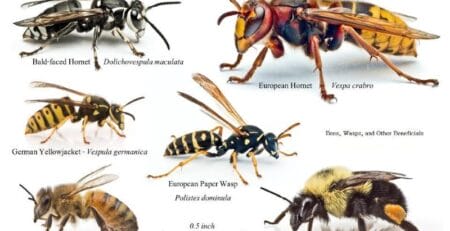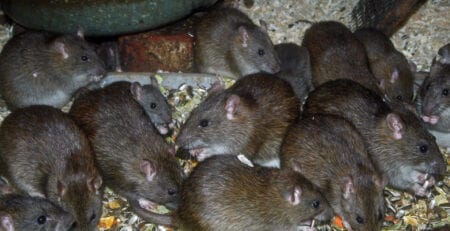What is the life cycle of a Bed Bug ?
The life cycle of a bed bug consists of several stages:
1. Egg: Female bed bugs lay tiny, white eggs in clusters or individually. These eggs are about 1mm in size and are often laid in cracks and crevices near their hiding places.
2. Nymph: Once the eggs hatch, nymphs emerge. They are translucent and resemble smaller versions of adult bed bugs. Nymphs go through five moults, requiring a blood meal between each molt to grow and develop.
3. Adult: After the final moult, the nymph reaches adulthood. Adult bed bugs are about the size of an apple seed, reddish-brown in colour, and have a flat, oval-shaped body. They require regular blood meals to reproduce and survive.
4. Feeding and reproduction: Adult bed bugs feed on the blood of humans or animals, typically at night. After a blood meal, female bed bugs can lay hundreds of eggs over their lifetime, starting the cycle anew.
The entire life cycle from egg to adult can take anywhere from 4 to 12 weeks, depending on factors such as temperature, availability of food, and other environmental conditions. Bed bugs are resilient pests and can survive for several months without feeding, making their eradication challenging.
- Eggs (1mm).
- 1st stage nymph (1.5 mm).
- 2nd stage nymph (2 mm).
- 3rd stage nymph (2.5 mm).
- 4th stage nymph (3 mm).
- 5th stage nymph (4.5 mm).
- Unfed adult female.
- Unfed adult male.

